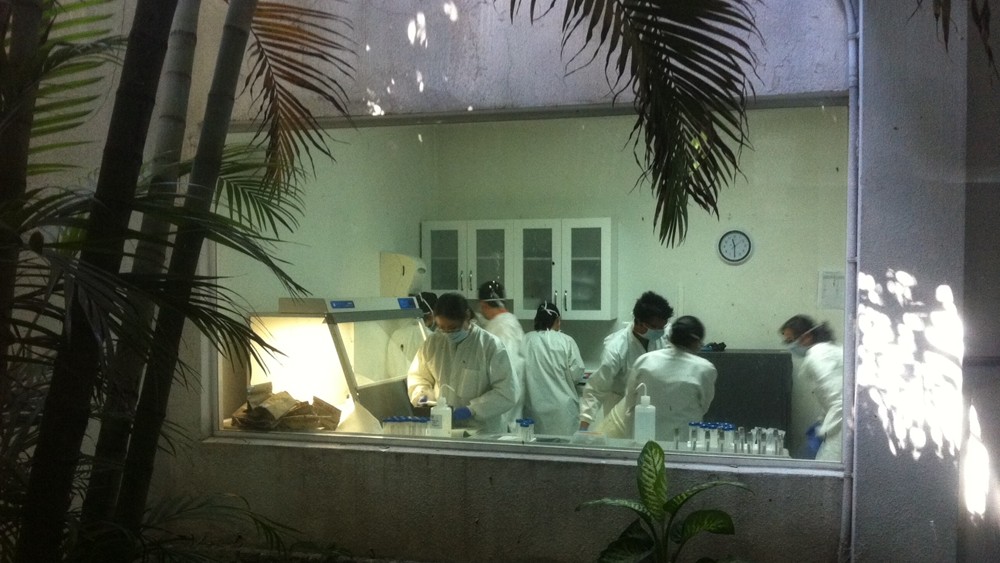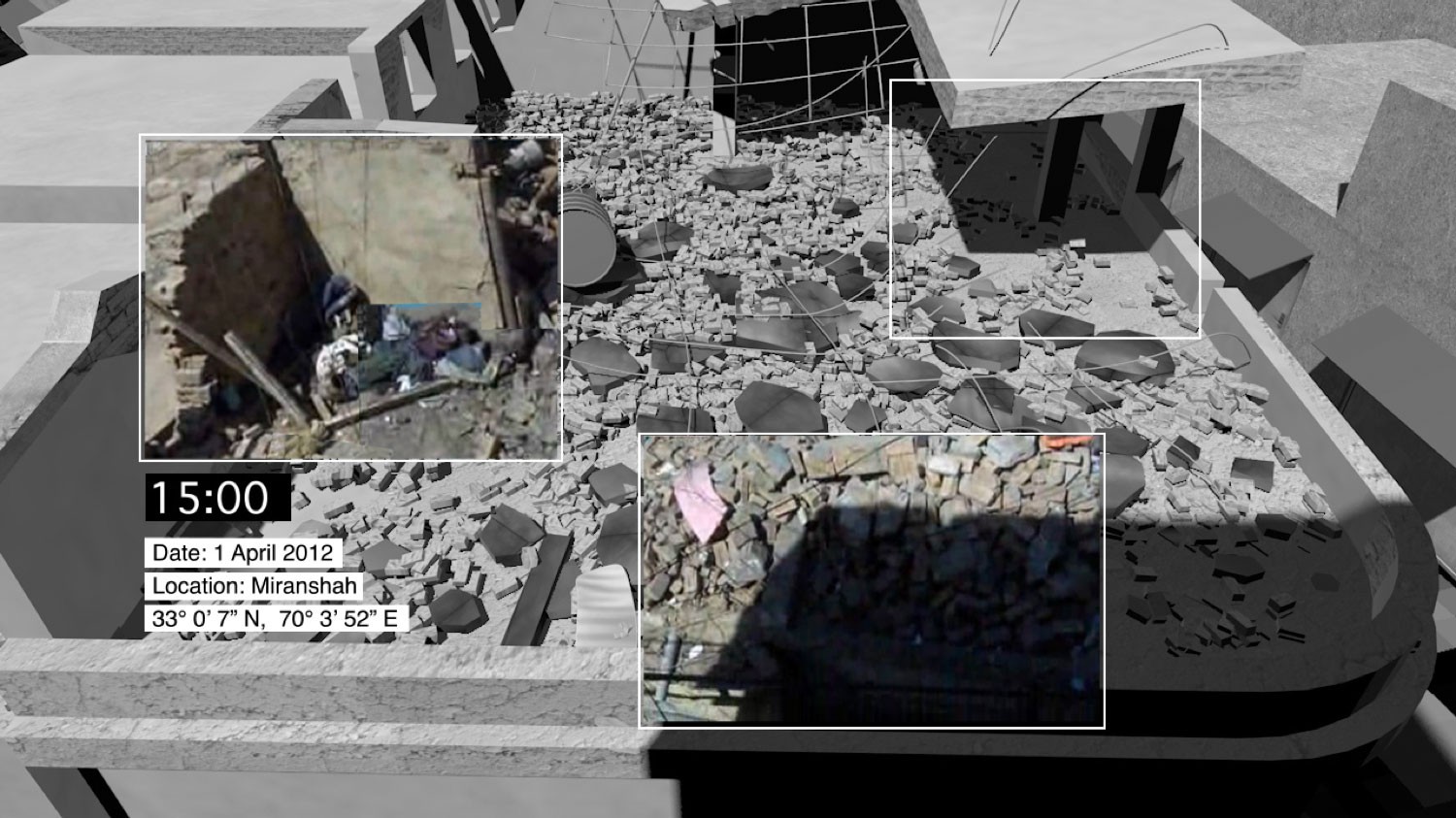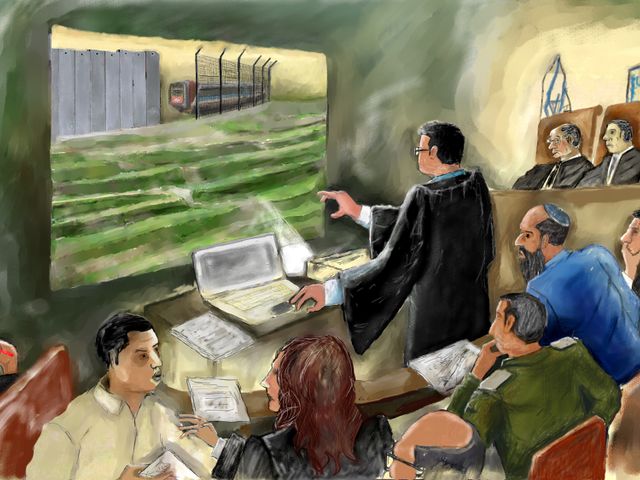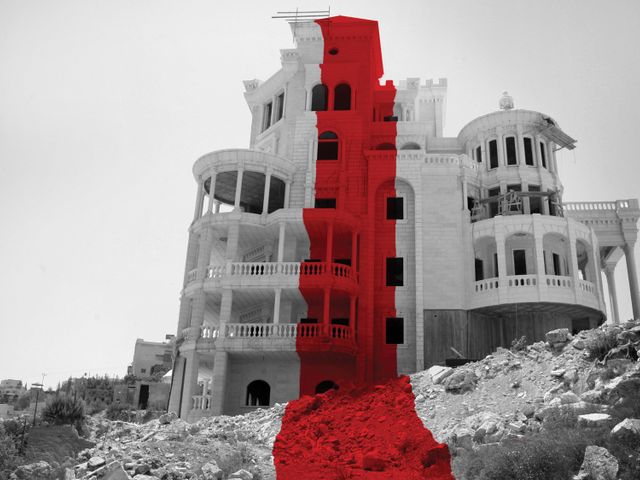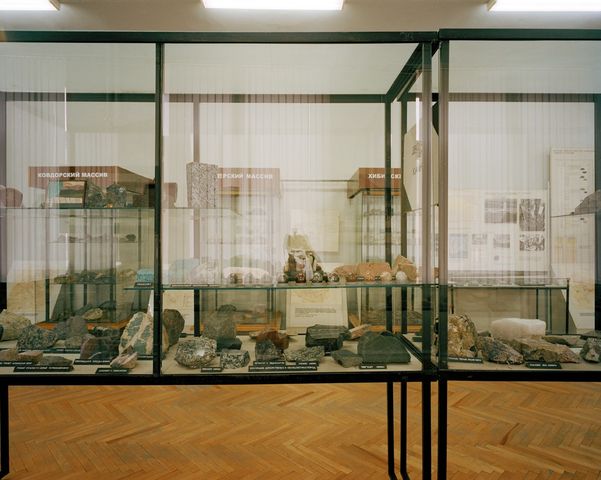Forensis
Exhibition
Sat, Mar 15–Mon, May 5, 2014

How do mortal remains, DNA samples, and satellite images become forensic evidence? What role do imaging techniques and methods of representation play in the investigation of crimes or political acts of violence? How are objects made to speak?
The exhibition FORENSIS and the accompanying conference will explore the procedures, tools, and spatial arrangements used in forensics, as well as the potential of a new aesthetic-political practice. With this exhibition, the Haus der Kulturen der Welt devotes itself to the rapidly expanding field of artistic research and knowledge production and, through diverse examples, examines the interleaving of science, media, and the political sphere.
Curated by Anselm Franke and Eyal Weizman.
FORENSIS is a co-production by Haus der Kulturen der Welt, funded by the Capital Cultural Fund, and by Forensic Architecture, ERC-funded research project based at Goldsmiths, University of London.
http://www.forensic-architecture.org
Whereas the twentieth century could be viewed as the "age of the witness", the current "forensic turn" is inaugurating nothing less than a new cultural imagination. The exhibition excavates the notion of forensis - Latin for things pertaining to the forum - to designate the role of material forensics in articulating new notions of public truth. Its condition is one in which aesthetic practices, new technologies, and architectural research methodologies bear upon the legal implications of political struggle, violent conflict, and climate change. Forensis is based on public presentation and argumentative narrative with the aid of material and spatial objects and structures in the juridical-political sphere. It is about "producing" and "attesting" facts through narrative demonstration. The projects by artists, filmmakers, and architects shown in the exhibition investigate a range of human rights violations, environmental crimes, and man-made and natural disasters in order to reflect on the new - technologically induced - political agency of matter. A broad spectrum of spatial analyses, mappings, and forms of representation are used both to interrogate political issues through forensics and at the same time the very assumption of contemporary forensics. The case studies and investigations include f. i. forensic reconstructions of drone strikes in the shadow war in Pakistan and of the failure of NATO ships to render assistance to refugee boats; investigations into resource exploitation and environmental destruction, taking examples such as Chilean and Indonesian copper mines, and historic case studies, including the identification of Joseph Mengele’s remains in Brazil.
How do mortal remains, DNA samples, and satellite images become forensic evidence? What role do imaging techniques and methods of representation play in the investigation of crimes or political acts of violence? How are objects made to speak?
The exhibition FORENSIS and the accompanying conference will explore the procedures, tools, and spatial arrangements used in forensics, as well as the potential of a new aesthetic-political practice. With this exhibition, the Haus der Kulturen der Welt devotes itself to the rapidly expanding field of artistic research and knowledge production and, through diverse examples, examines the interleaving of science, media, and the political sphere.
With contributions by: Lawrence Abu Hamdan, Nabil Ahmed, Maayan Amir, Anthropocene Observatory (Anselm Franke, Armin Linke, Territorial Agency/John Palmesino and Ann-Sofi Rönnskog), Jacob Burns, Gabriel Cuéllar, DAAR (Alessandro Petti, Sandi Hilal, Eyal Weizman), Forensic Oceanography (Charles Heller, Lorenzo Pezzani), Grupa Spomenik (Damir Arsenijević, Ana Bezić, Pavle Levi, Jelena Petrović, Branimir Stojanović, Milica Tomić), Ayesha Hameed, Samir Harb, Helene Kazan, Thomas Keenan, Steffen Kraemer, Adrian Lahoud, Model Court (Lawrence Abu Hamdan, Sidsel Meineche Hansen, Lorenzo Pezzani, Oliver Rees), Modelling Kivalina (Andrea Bagnato, Daniel Fernández Pascual, Helene Kazan, Hannah Meszaros Martin, Alon Schwabe), Gerald Nestler, Godofredo Pereira, Nicola Perugini, ScanLAB Projects (Matthew Shaw, William Trossell), Susan Schuppli, Francesco Sebregondi, Shela Sheikh, SITU Research (Robert Beach, McKenna Cole, Therese Diede, Akshay Mehra, Charles-Antoine Perrault, Bradley Samuels, Xiaowei Wang), Caroline Sturdy Colls, Paulo Tavares, Srdjan Jovanovic Weiss/NAO, Eyal Weizman and Ines Weizman.
Curated by Anselm Franke and Eyal Weizman.
FORENSIS is a co-production by Haus der Kulturen der Welt, funded by the Capital Cultural Fund, and by Forensic Architecture, ERC-funded research project based at Goldsmiths, University of London.
http://www.forensic-architecture.org
In the framework of:
